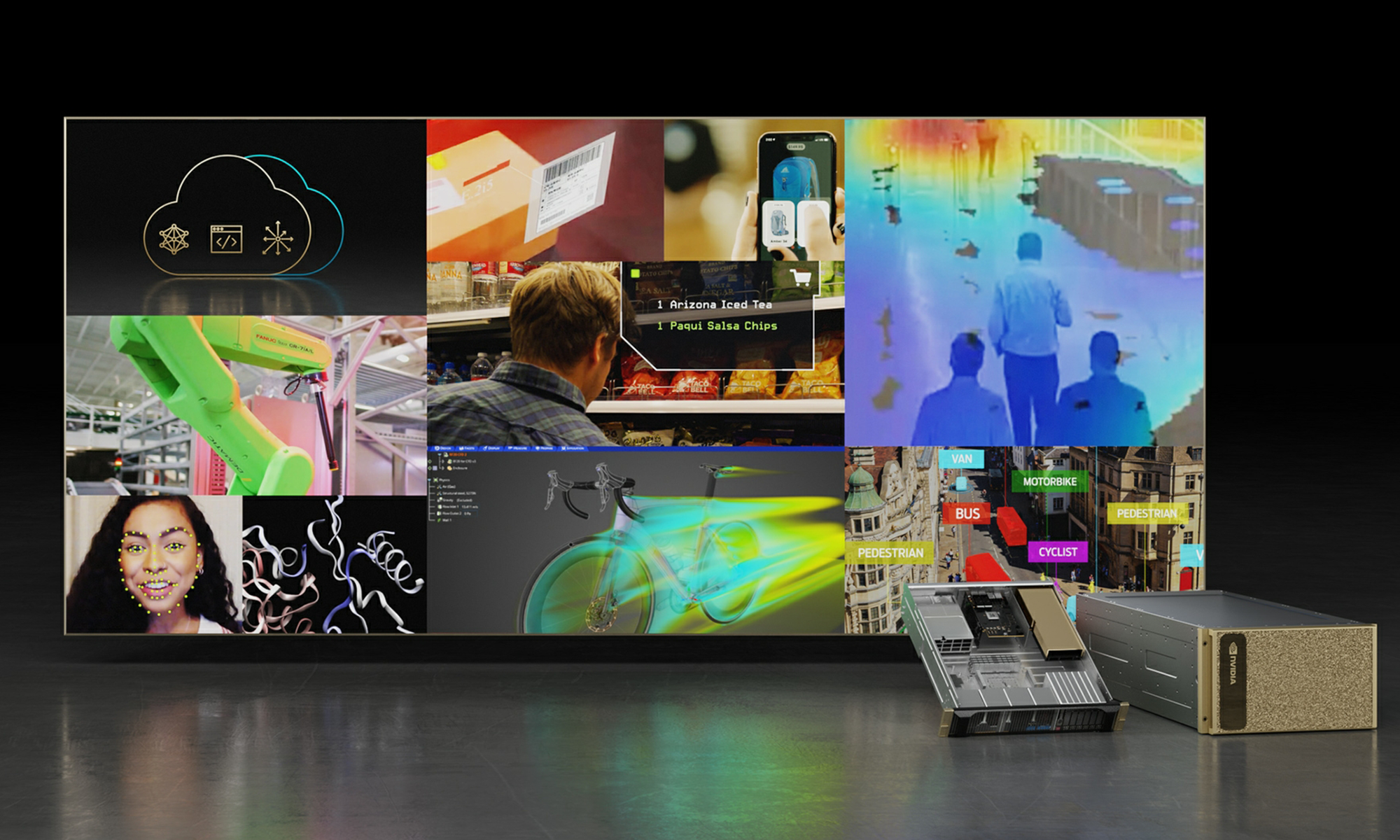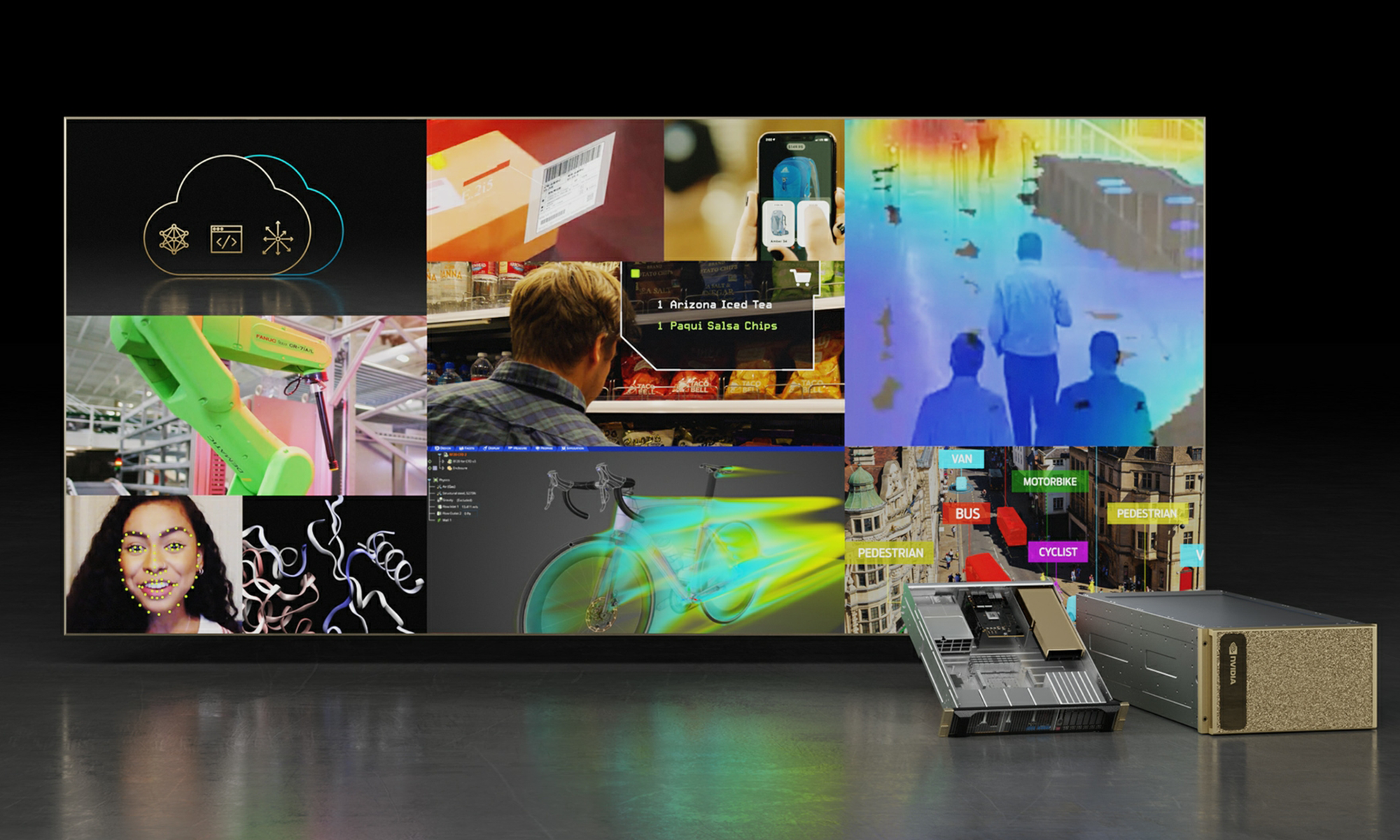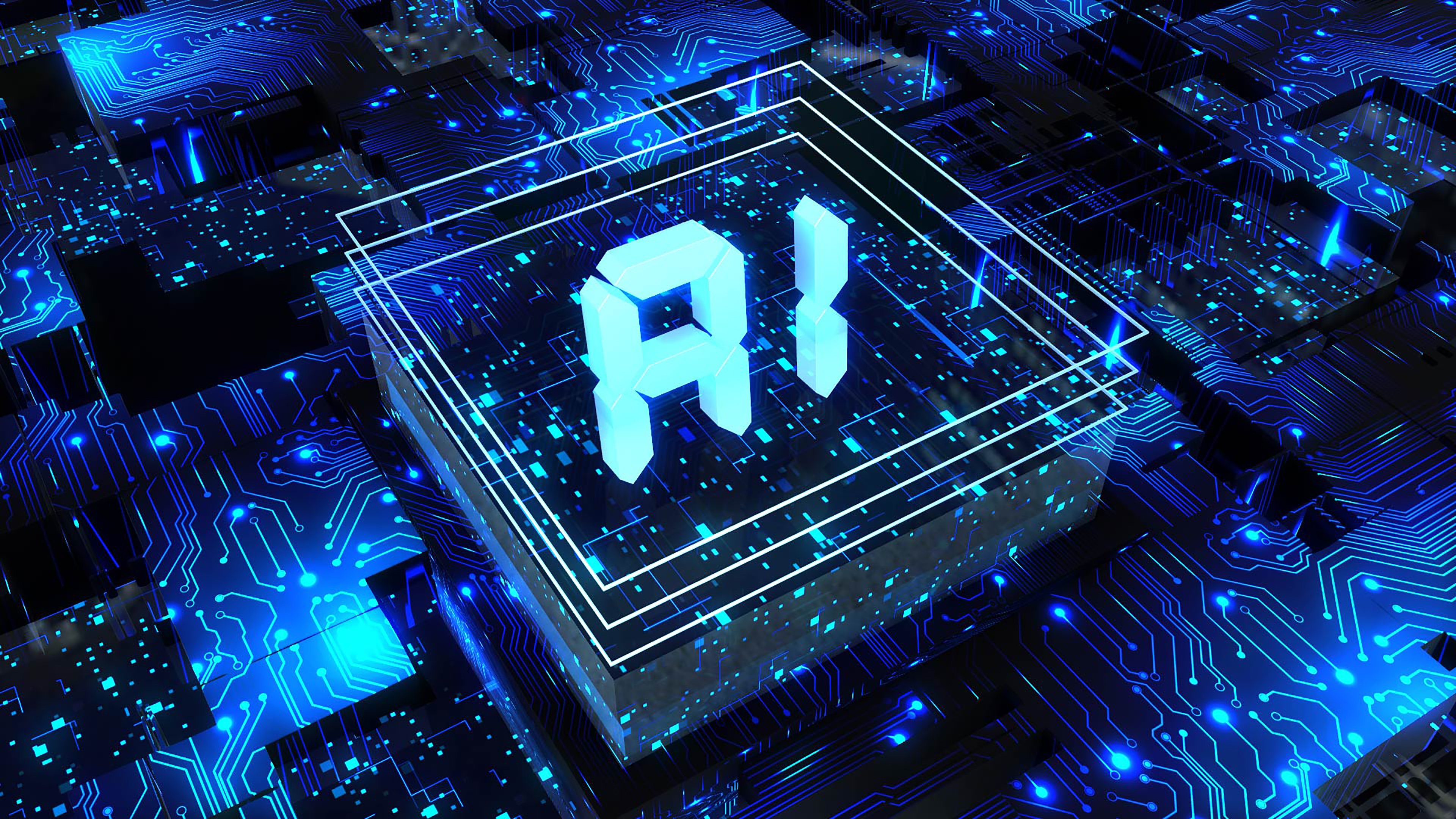Nvidia (NVDA 1.31%) hit an all-time high on Sept. 22 in response to a $100 billion strategic partnership with OpenAI. Nvidia is helping OpenAI achieve its goal of building at least 10 gigawatts (GW) of data centers purpose-built for artificial intelligence (AI) by investing in data centers progressively as each GW is deployed.
The news is significant, considering OpenAI needs funding to fulfill its promise, and because it is currently structured as a nonprofit (although it plans to become a Public Benefit Corporation).
Nvidia is the most valuable company in the world and the largest of the "Ten Titans" -- which is the "Magnificent Seven" plus Broadcom (AVGO 0.60%), Oracle, and Netflix. The Ten Titans are highly influential -- making up nearly 40% of the S&P 500.
Here's why Nvidia continues to be a powerhouse in the age of AI, where it stands amid competition from Broadcom, and whether it's worth buying now.

Image source: Getty Images.
Nvidia's deal with OpenAI
As I've mentioned in the past, Nvidia is a steelmaker at the dawn of the age of skyscrapers. Nvidia makes the most advanced graphics processing units (GPUs) -- as well as associated networking components and software. These systems play an integral role in the parallel processing of AI workloads that require massive amounts of computing power. As OpenAI co-founder and CEO Sam Altman said in the Sept. 22 press release:
Everything starts with compute. Compute infrastructure will be the basis for the economy of the future, and we will utilize what we're building with Nvidia to both create new AI breakthroughs and empower people and businesses with them at scale.
Nvidia's investment in OpenAI builds on its $5 billion purchase of Intel stock, announced on Sept. 18. Intel will design and manufacture customer data center and central processing units (CPUs) with Nvidia's NVLink technology, which increases communication speed between GPUs and CPUs.
Nvidia continues to push the bounds of AI computing power, and its results have been astounding, as its data center segment now makes up 88% of total revenue. Nvidia is growing earnings at a rapid pace with no signs of slowing down. But it isn't the only company that's driving the future of data center compute.

NASDAQ: NVDA
Key Data Points
Broadcom's custom AI chips are the real deal
Broadcom's custom AI chips (XPUs) are application-specific integrated circuits (ASICs). Unlike GPUs, which are all-purpose workhorses in the data center, Broadcom works with hyperscalers to build custom AI chips to suit their AI workflows.
The strategy is paying off, as Broadcom stock has outperformed Nvidia year-to-date -- hitting an all-time high and knocking on the door of a $2 trillion market cap.
Like Nvidia, which depends on a handful of customers, Broadcom's AI revenue is largely tied to the ramp-up in hyperscaler capital expenditures. Broadcom's AI revenue is expected to reach nearly $20 billion by the end of this fiscal year, compared to $3.8 billion two years ago. So although Broadcom is still magnitudes smaller than Nvidia in terms of AI revenue, it is challenging Nvidia's dominance.
Broadcom's AI chips, paired with its Jericho routers, Tomahawk switches, and other associated infrastructure, enable the connection of over 1 million XPU clusters across multiple data centers. At scale, Broadcom's custom chip economics improve dramatically because they are more energy efficient than general-purpose GPUs.
Nvidia and Broadcom can win together
Broadcom will likely play an increasingly important role in the data center, but it won't replace Nvidia. Rather, both companies will likely work together, with Broadcom specializing in task-specific functions and Nvidia leading in versatile compute for AI training, inference, and high-performance computing.
The latest flurry of announcements showcases how both companies are positioned to thrive. In its latest earnings report from early September, Broadcom announced a $10 billion custom AI chip customer -- which is likely OpenAI. But OpenAI is also closely collaborating with Nvidia, serving as the key driver of its path to 10 GW in datacenter capacity.
A hyperscaler like OpenAI may partner with Broadcom on custom AI chips for specific tasks, but these chips take a while to develop and are best for inference (handling the needs of existing AI models with fixed patterns). Whereas Nvidia's GPUs -- paired with its CUDA software system -- are a solution that works right now and is more flexible for variable and complex scenarios, like training models with new parameters.
OpenAI is also likely reducing its dependence on one chip supplier, similar to how it has expanded its cloud partnership beyond Microsoft to include Oracle in a blockbuster $300 billion deal. Spreading business across multiple vendors reduces OpenAI's supply chain risk.
Nvidia remains a top growth stock to buy now
Nvidia remains the gold standard in the data center. It can thrive alongside Broadcom, so investors shouldn't view the two companies purely as competitors, but rather, as examples of the evolving anatomy of the modern AI data center.
At 39.7 times forward earnings, Nvidia is far from cheap, but it also isn't as expensive as it used to be. Especially given that it is still growing earnings at a rapid rate.
In fact, on a forward-earnings basis, Nvidia is cheaper than other Ten Titans stocks like Tesla, Broadcom, Netflix, and Oracle. And it's a much better buy for growth investors than a stock like Apple, which trades at 34.5 times forward earnings but is growing earnings far more slowly than Nvidia.
All told, Nvidia remains a foundational AI growth stock to buy now. Although investors may want to consider incorporating both Nvidia and Broadcom into their long-term AI portfolios.





